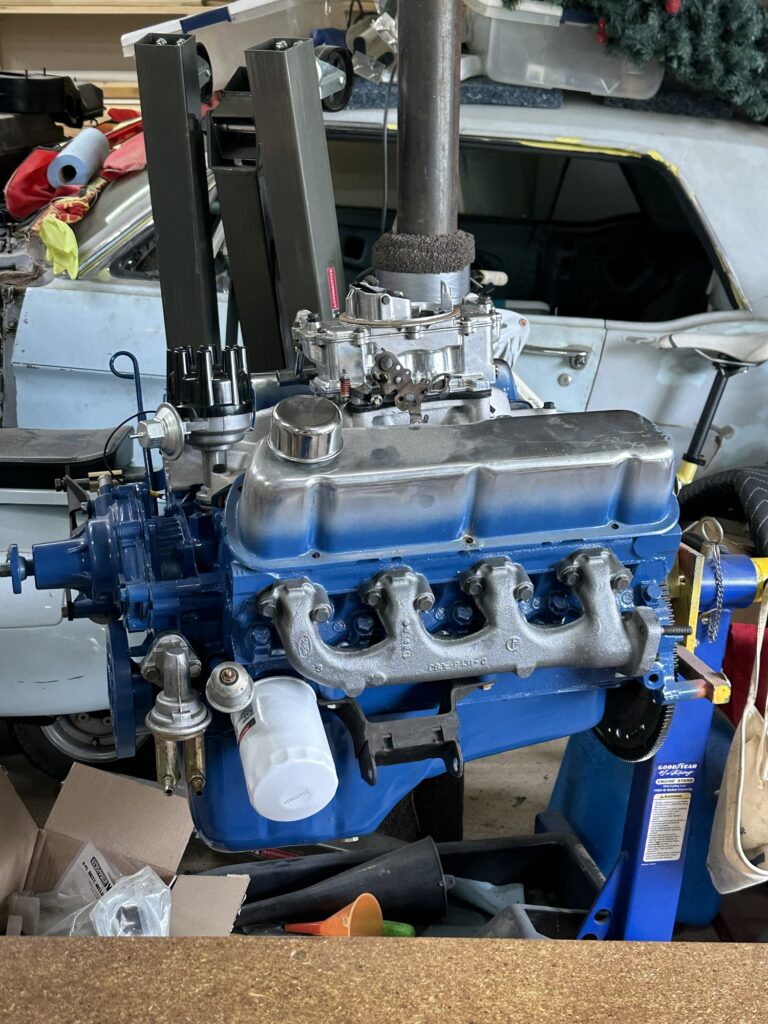I’ve been a licensed ham radio operator, off and on, since about 1981. Early on I learned Morse code and the required knowledge to pass my Novice license test in ’81, and was issued the call sign KA5MSS. I passed the exam while we were living at Fort Sill, OK, but didn’t actually receive the license until we’d already moved to Atlanta for a six-month stint. Living in an apartment with nothing but a Heathkit HW-16, I didn’t get a chance to get on the air. In fact, I held KA5MSS for five years until it expired (and a Korean call sign, HL9CA, for the yer I was in Korea), having never gotten on the air
Later on, in the late 80s or early 90s, I took the Technician exam and was issued a new call sign, N0XAS. I upgraded to General class in 1994, and to Extra in 2002. I’ve operated with that call sign ever since it was first issued, making a lot of contacts. I primarily operated CW (Morse code) and much of that was QRP (using low power, 5 Watts output or less), but I’ve operated SSB (voice), VHF and UHF FM voice, packet, PSK31, and probably a few modes I tried once or twice and forgot about. I never got into contesting.
I could write a book about how I drifted away from operating – though a lot of it involved a new side business developing and selling ham related kits and even a fully assembled Morse keyer. It was nice, but it did eventually consume all of the time and energy I might have devoted to operating. A new steel roof over my attic dipole antenna drove the final nail in the coffin.
I’m hoping to get back in the air before winter sets in, so I’ve been working toward that. I need to get my station set up again, get an antenna up and working, get up to speed on changes to the regulations and operating practices since I was last active, and get my Morse code copy speed back up to snuff – at least 10 WPM solid, preferably 13 or better. More to come.


